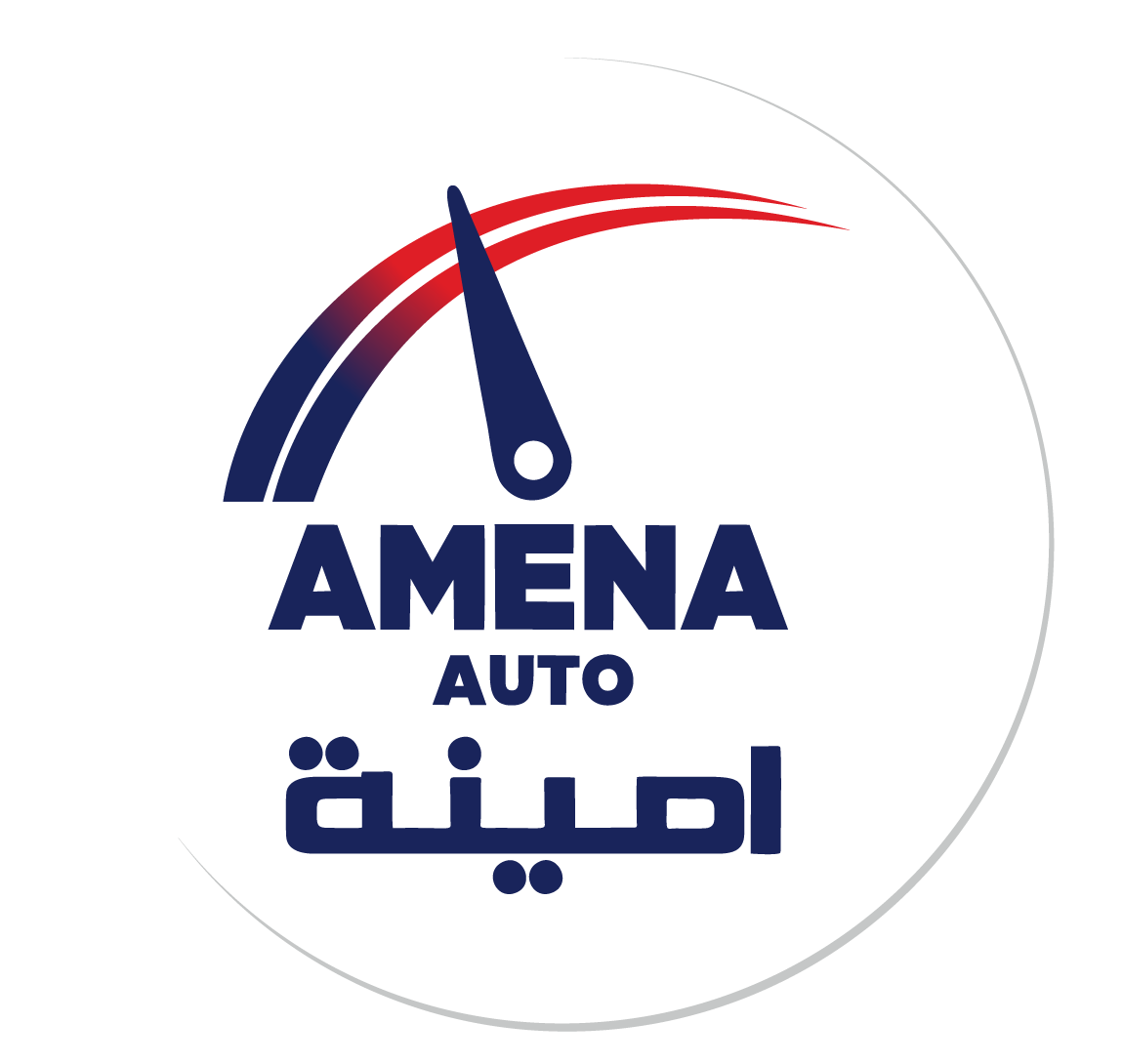In our new 8-part series covering essential KPIs for Dealers/Importers in the MENA region, we now focus on Marketing—a critical function that drives dealership growth and customer acquisition.
The Automotive marketing landscape has undergone dramatic transformation in recent years, particularly across MENA markets where digital adoption has accelerated rapidly. Today’s successful Dealers/Importers must balance traditional marketing approaches with sophisticated digital strategies to reach customers effectively in this evolving environment.
This article explores the key performance indicators that drive marketing excellence for Automotive retail operations in the unique context of MENA markets.
Digital Marketing Metrics: Maximising Online Effectiveness
Digital metrics help quantify the performance of your online marketing initiatives:
Website Traffic: This measures the total number of visitors to your dealership website. Beyond raw visitor count, it’s valuable to segment this by traffic source (organic search, paid search, social media, direct). Most dealerships aim for consistent month-over-month growth. Modern dealerships typically track this through Google Analytics or similar platforms, looking at metrics like average time on site and bounce rate alongside total visitors. In MENA markets, where mobile usage often exceeds global averages, paying particular attention to mobile traffic performance is essential.
Lead Conversion Rate: This calculates the percentage of website visitors who take a desired action such as submitting a contact form, requesting a quote, or scheduling a test drive. Industry benchmarks typically range from 1.5% to 3% for dealership websites. Optimising landing pages, forms, and calls-to-action can significantly improve this metric. In the MENA region, where customer service expectations are often high, ensuring rapid response to digital leads directly impacts conversion success.
Cost Per Lead (CPL): This measures how much your dealership spends on marketing to generate each new lead. It’s calculated by dividing total marketing spend by the number of leads generated. Automotive industry averages range from $25-$45 per lead, though this varies by market and vehicle segment. Lower CPL indicates more efficient marketing spend. In diverse MENA markets, CPL can vary significantly between countries and should be benchmarked against local standards.
Search Engine Rankings: This tracks where your dealership appears in search results for relevant keywords like “[brand] dealer [city]” or “new cars [city].” First-page rankings, particularly in the top three positions, dramatically increase visibility and traffic. Many dealerships invest in SEO and local search optimisation to improve these rankings. In the MENA region, optimising for both English and Arabic search terms (where relevant) is essential for maximum market penetration.
Pay-Per-Click (PPC) Performance: This measures the effectiveness of paid search advertising, including metrics like click-through rate (CTR), cost per click (CPC), and conversion rate. Automotive industry CTR averages range from 1.5% to 3.5% for search ads. Effective keyword targeting and ad copy can significantly improve these metrics. In multilingual MENA markets, testing ad performance across different languages and cultural contexts often yields substantial performance improvements.
Social Media and Reputation Metrics: Building Your Digital Brand
These metrics help evaluate your dealership’s online presence and customer perception:
Social Media Engagement Rate: This measures how actively your audience interacts with your social media content through likes, comments, shares, and clicks. Engagement rates of 1-3% are considered good in the Automotive industry. Content featuring actual customers, behind-the-scenes dealership stories, and new model reveals typically generate the highest engagement. In the relationship-focused MENA markets, authentic engagement often drives higher conversion than purely promotional content.
Online Review Metrics: This tracks both the quantity and quality of reviews across platforms like Google, Facebook, and regional platforms such as Yallamotor, Dubizzle, and Opensooq. The average star rating (aim for 4.5+ stars) and review response rate (target 100%) are particularly important as they directly influence consumer purchase decisions. Regional consumer research indicates that over 80% of MENA Automotive customers consult online reviews before visiting a dealership, with particular emphasis on Arabic-language reviews for localised customer experiences.
Social Reach and Audience Growth: This measures the size of your social media audience and how quickly it’s growing. While raw follower counts matter less than engagement, consistent growth indicates effective content strategy. Many dealerships track month-over-month follower growth rates across platforms. In MENA markets, where social media usage rates are among the highest globally, building social presence is particularly valuable for brand development.
Share of Voice: This measures how much your dealership dominates the conversation in your market compared to competitors. It can be calculated by analysing mentions across social media, news, and review sites relative to competitors. Higher share of voice typically correlates with stronger brand awareness. In competitive MENA metropolitan markets like Dubai, Riyadh or Cairo, tracking share of voice helps gauge marketing effectiveness against well-funded competitors.
Traditional Marketing Metrics: Measuring Offline Performance
Despite digital growth, traditional marketing remains important in many MENA markets:
Marketing Return on Investment (ROI): This calculates the return generated from marketing investments, measured by attributing sales and gross profit to specific marketing channels and campaigns. Sophisticated dealerships track ROI by marketing channel to optimise their marketing mix. Industry leaders aim for 3:1 or higher ROI on marketing spend. In the diverse MENA region, ROI can vary significantly by market channel and should be measured against localised benchmarks.
Walk-in Traffic: This counts the number of customers who physically visit the dealership, often tracked through customer relationship management (CRM) systems. While digital leads are important, many customers still prefer to walk in, making this a vital metric. Dealerships typically track traffic patterns by day of week and time of day to optimise staffing. In many MENA markets where shopping malls remain cultural hubs, dealerships with mall locations or showrooms often measure specific metrics related to mall foot traffic conversion.
Marketing Campaign Response Rate: This measures the percentage of recipients who respond to direct marketing efforts like mail, email, or SMS campaigns. Industry averages range from 0.5% to 2% for direct mail and 10-15% for email campaigns to existing customers. Higher response rates indicate more relevant messaging and offers. In MENA markets, where SMS open rates often exceed 95%, SMS marketing frequently outperforms email for immediate response campaigns.
Cost Per Sale/Acquisition (CPA): This calculates the total marketing cost to acquire one customer who makes a purchase. It’s calculated by dividing total marketing expenses by the number of vehicles sold attributable to those marketing efforts. Industry benchmarks range from $300-700 per vehicle depending on brand and market, with luxury brands typically spending more. In markets with longer sales cycles, this metric should be tracked over appropriate timeframes to capture full attribution.
Brand Awareness: This measures the percentage of your target market that recognises your dealership brand. It’s typically measured through market research surveys asking about dealership recall and recognition. While harder to quantify than digital metrics, increasing brand awareness is a key marketing objective for establishing market presence. In MENA markets with diverse expatriate populations, measuring brand awareness across different customer segments often reveals opportunities for targeted marketing initiatives.
Customer Journey Metrics: Understanding the Path to Purchase
These metrics help track customers through the buying process:
Attribution Metrics: These identify which marketing touchpoints contribute to leads and sales. Multi-touch attribution models acknowledge that customers typically interact with multiple channels before purchasing. Advanced dealerships use attribution models to understand the full customer journey rather than just the last click. In MENA markets where the average customer journey involves 7+ touchpoints before purchase, sophisticated attribution is essential for effective budget allocation.
Average Time to Purchase: This measures how long it takes from initial contact to completed purchase. Understanding this timeline helps optimise follow-up processes and identify bottlenecks in the sales funnel. The industry average is about 45-60 days for new vehicles, though this varies widely by customer and vehicle segment. In MENA markets with distinct seasonal patterns (summer months, Ramadan, etc.), this metric often shows significant cyclical variation.
Cross-Channel Conversion Paths: This analyses how customers move between marketing channels before converting. For example, a customer might see a social media ad, then search for your dealership, then respond to an email offer. Understanding these paths helps optimise the marketing mix and messaging sequence. In the MENA region, where digital and traditional media consumption often differs from global patterns, market-specific journey mapping yields valuable insights.
Customer Acquisition Cost (CAC) by Channel: This breaks down the cost of acquiring customers through different marketing channels. Digital retailing tends to have lower CAC than traditional media. This metric helps allocate marketing budgets to the most cost-effective channels. In MENA markets with varying digital penetration across countries, channel effectiveness should be evaluated on a market-by-market basis.
Conquest Rate: This measures the percentage of sales made to customers who previously owned competitive brands. Higher conquest rates indicate effective marketing to competitors’ customers. Manufacturers often provide incentives specifically for conquest sales, making this an important metric to track. In brand-loyal MENA markets, conquest marketing requires sophisticated targeting and compelling value propositions.
Implementing Marketing KPIs in Your Dealership
Successfully implementing these KPIs in your marketing department requires a structured approach:
1. Establish regional benchmarks: Standard industry benchmarks should be adjusted based on your specific market within the MENA region, accounting for digital maturity, competitive landscape, and local customer behaviour.
2. Implement proper tracking: Effective measurement requires robust tracking systems including website analytics, CRM integration, call tracking, and lead attribution tools.
3. Balance short and long-term metrics: While immediate response metrics like CPL are important, brand-building metrics like awareness and sentiment should also be tracked to ensure sustainable growth.
4. Create a data-driven culture: Marketing decisions should be guided by KPI performance rather than assumptions or historical precedent, requiring regular review meetings and performance-based planning.
5. Continuously test and optimise: The most successful dealership marketers constantly test new approaches, measuring results against established KPIs to drive continuous improvement.
By implementing these marketing KPIs, Automotive Dealers/Importers across the MENA region can optimise their marketing investments, improve customer acquisition efficiency, and drive sustainable business growth in an increasingly competitive marketplace.
About AMENA Automotive
AMENA Automotive is the MENA region’s premier consultancy dedicated to elevating performance across the Automotive retail ecosystem. Our team of industry experts works directly with OEMs and Dealers/Importers to implement data-driven marketing strategies that enhance customer acquisition, optimise media spend, and improve overall marketing ROI.
Our specialised marketing performance programmes have helped clients across the region reduce customer acquisition costs by 20-30% while simultaneously increasing lead volume and quality. With deep regional expertise and global best practices, we help our clients navigate the unique marketing challenges of the MENA Automotive market, from multilingual content development to market-specific channel optimisation.
Visit www.amenaauto.me to discover how our tailored solutions can transform your dealership’s approach to performance measurement and management.
Contact Us Today! office@amenaauto.me
Follow us @ Linkedin | Youtube| Instagram | Facebook
We express our sincere gratitude to all the veterans and experienced professionals in the automotive industry for their valuable input and advice when we write our articles. We take pride in our commitment to embracing technology, including AI, to enhance the quality of our articles.



